A dramatic incident involving a Tesla Model X on Autopilot recently took a dangerous turn, resulting in a collision with a police vehicle during a routine traffic stop. This unfortunate event led to injuries sustained by five police officers and the driver who had been pulled over by the police.
The aftermath of the crash has prompted a lawsuit, as the injured officers allege that Tesla has not taken adequate steps to address the issues with its Autopilot driver-assist system.
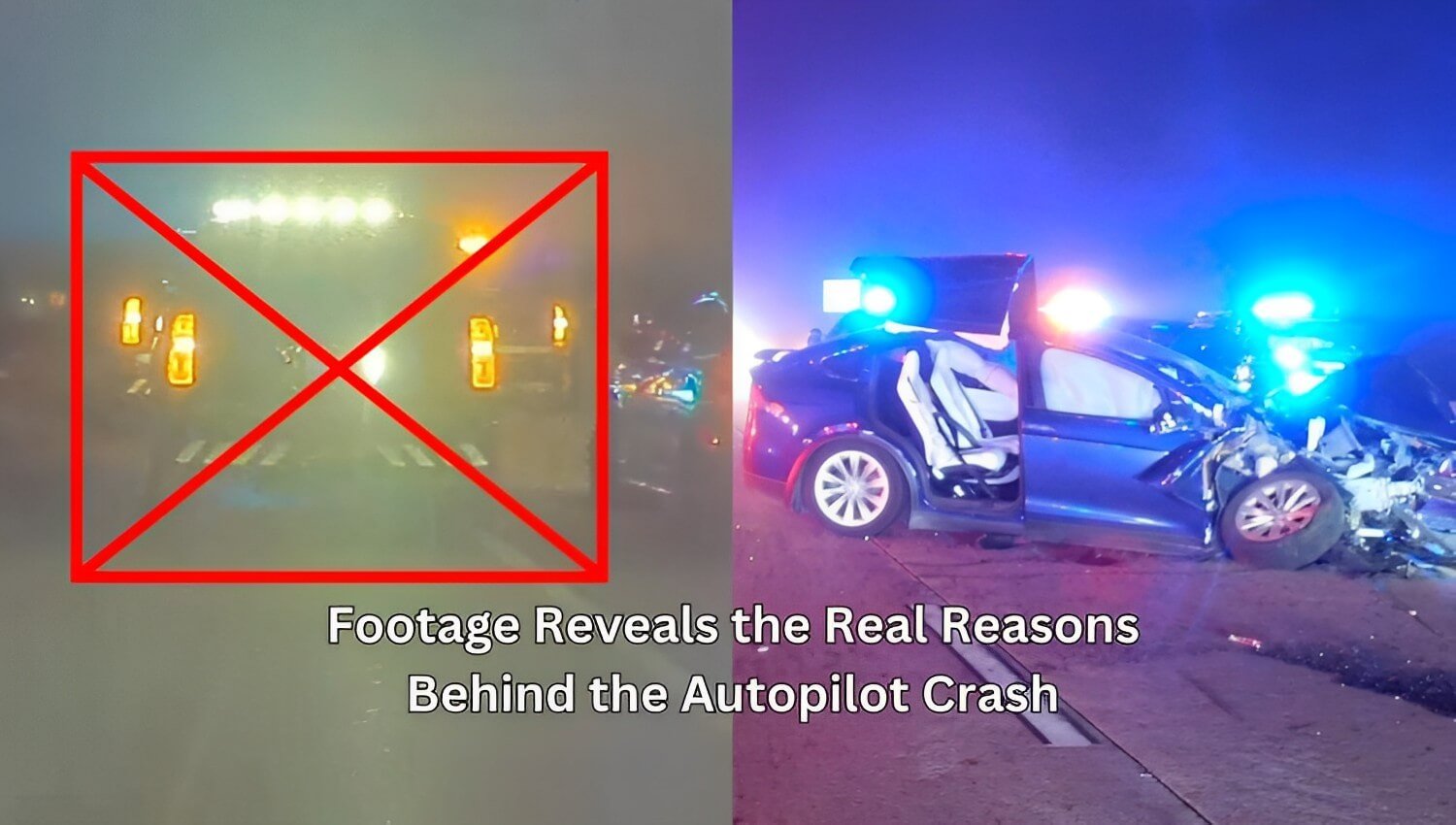
Table of Contents
Tesla Autopilot Crash: Incident and Lawsuit
On the fateful day of February 27, 2021, a 2019 Tesla Model X, reportedly operating on Autopilot, collided with a stationary police vehicle at a speed of 54 mph. This shocking incident occurred during a routine traffic stop, involving officers engaged in their duty to maintain road safety.
The consequences of the collision were significant, resulting in injuries sustained by not only the driver who had been pulled over by the police but also by five police officers who were at the scene. The impact of the crash has had a profound impact on the lives of these individuals, leading to physical harm and potentially permanent disabilities.
In response to this unfortunate event, the injured police officers have taken legal action against Tesla. Their lawsuit against the electric vehicle manufacturer seeks damages that range from $1 million to a substantial $20 million. This legal move underscores the seriousness of the injuries they suffered and the perceived responsibility of Tesla in this incident.
The crux of the officers’ allegation against Tesla revolves around the Autopilot system’s shortcomings. They claim that Tesla has not adequately addressed the issues with its Autopilot driver-assist system, which raises concerns about the safety and reliability of this technology. The officers contend that a more robust and well-tuned Autopilot system could have potentially prevented this collision, thereby preventing the injuries they endured.
Seeking Accountability
The driving force behind the lawsuit filed by the injured police officers is the pursuit of accountability from Tesla. They aim to highlight what they perceive as defects in Tesla’s Autopilot and collision avoidance system, which they believe played a pivotal role in the tragic crash. Holding Tesla responsible for these alleged defects is a crucial aspect of this legal action.
The incident has brought attention to the potential risks that first responders face due to Autopilot system issues. These brave individuals, who put their lives on the line to maintain public safety, are vulnerable when interacting with vehicles that may not respond appropriately in certain scenarios. The impact on the safety of first responders is a central concern, as highlighted by the officers’ lawsuit.
Moreover, the lawsuit draws attention to a concerning trend involving Autopilot-related incidents. The mention of 12 other crashes in the U.S. involving first responders and Autopilot raises questions about the system’s performance in critical situations. These incidents, if indeed linked to Autopilot, underscore the need for thorough evaluations of the system’s capabilities, especially when it comes to interacting with emergency vehicles and ensuring the safety of those on the front lines.
By pursuing this legal action, the officers seek not only compensation for their injuries but also to prompt Tesla to address the reported defects, enhance safety measures, and mitigate potential risks associated with Autopilot. This case highlights the critical importance of thorough testing, continuous improvement, and responsible deployment of advanced driver-assist systems, especially when lives are at stake, as is the case with our nation’s first responders.
Tesla’s Autopilot Warnings and Driver Response
An extensive investigation conducted by The Wall Street Journal uncovered crucial details regarding the moments leading up to the collision involving the 2019 Tesla Model X on Autopilot. This investigation involved the retrieval of critical footage and Autopilot data, shedding light on the events that transpired.
Remarkably, the investigation revealed that the Autopilot system issued a staggering 150 warnings to the driver before the unfortunate crash occurred. These warnings were issued over a span of approximately 34 minutes, providing a clear indication that the system recognized a need for the driver’s intervention and control over the vehicle.
The nature of these warnings was specific: advising the driver to assume control of the vehicle. The Autopilot system, designed to assist rather than replace the driver, consistently emphasized the necessity for human supervision. However, it appears that the driver did not respond promptly or effectively to these warnings, ultimately leading to the tragic outcome.
Intriguingly, the 2019 Model X lacks an in-cabin camera, which could have provided a direct view of the driver’s behavior and attention to the road. As a result, Autopilot’s monitoring system relied primarily on detecting torque on the steering wheel as an indication of the driver’s engagement. The presence of 150 warnings raises questions about the driver’s response to these cues and whether they took appropriate action in alignment with Autopilot’s prompts.
There is speculation that the driver may have strategically applied just enough torque to the steering wheel to keep the Autopilot system active, even if their attention was not fully on the road. This behavior suggests an attempt to maintain the convenience of the Autopilot feature while potentially disregarding the system’s explicit safety requirements.
Tesla Autopilot Crash: Critical Moment
As the incident unfolded, a critical moment arrived after the driver received the 150th warning from the Autopilot system, indicating the necessity for immediate intervention. At this pivotal juncture, the Tesla Model X was mere moments away from a stationary police vehicle, a mere 37 yards distant and closing in at a speed of 2.5 seconds away from impact.
The Autopilot system, designed to enhance safety and prevent collisions, recognized the imminent danger. It attempted to take corrective action, engaging its collision avoidance capabilities in a bid to avert the impending crash. However, the system seemed to disengage, apparently expecting the driver to take control of the vehicle in this critical situation.
This sequence of events raises essential questions about the Autopilot system’s behavior and the driver’s ability to respond appropriately, especially when the situation demanded swift and decisive action. The proximity to the parked police vehicle underlines the urgency of the moment, as a collision at this point could have devastating consequences for the officers and the driver who had been pulled over.
The disengagement of the Autopilot system at this juncture calls for a deeper examination of the system’s logic, responsiveness, and its expectations of driver intervention. It highlights the need for autonomous driving systems to not only provide advanced warnings but also have robust mechanisms in place to handle critical situations, even if it means taking more assertive control of the vehicle when the driver does not respond promptly.
Tesla’s Stance and Conclusion
Tesla has staunchly defended its position, placing the responsibility for the incident on the reportedly intoxicated Model X driver. While this argument has merit, it prompts consideration of what might have happened in a scenario without Autopilot.
The stark reality of this incident lies in the chilling convergence of two crucial factors: the 150 warnings issued by the Autopilot system and the mere 2.5 seconds it took for the Tesla Model X to find itself a mere 37 yards away from a stationary police vehicle. This critical juncture paints a vivid picture of the challenges and complexities that arise in the realm of autonomous driving.
The 150 warnings stand as a testament to the Autopilot system’s persistent efforts to signal the need for driver intervention. Such an abundance of alerts underscores the crucial role of human oversight, revealing the system’s limitations when a driver’s attention is not fully focused on the road. These warnings, in hindsight, present an opportunity for reflection on the importance of driver attentiveness in an era of rapidly evolving automotive technology.
Simultaneously, the proximity to the stationary police vehicle, with only 2.5 seconds to spare, highlights the fine line between safety and catastrophe. While the Autopilot system attempted to avert disaster, its subsequent disengagement underscores the complexity of handling critical moments and the critical need for continuous system enhancement.
As the automotive industry continues to embrace the potential of autonomous driving, this incident serves as a crucial reminder that technological advancement should be inseparable from the unwavering commitment to road safety. Striking a balance between innovation and human responsibility is paramount, for a future where autonomous features complement vigilant drivers is a future that prioritizes the well-being of all road users.

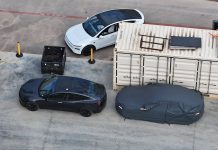
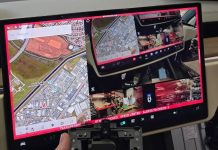
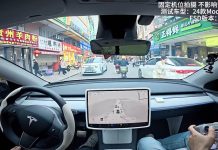
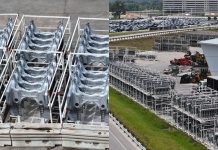
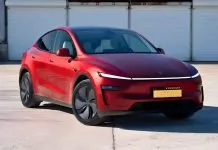








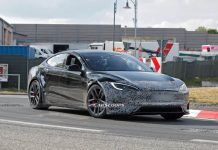
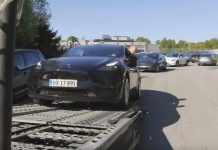
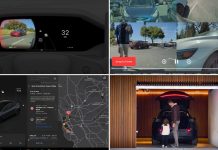
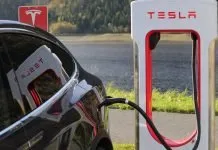

Just another attempt at sueing the perceived “deep pockets” instead of holding the actual responsible (irresponsible) person accountable. This is no different than a drunk at the wheel or a sleepy driver at the wheel ignoring traffic signs, speed limits and obvious emergency vehicles ahead. Are we going to sue the MyPillow guy for making the driver drowsy or Bud Light for the extra beers? No. If it wasn’t a mechanical failure – it wasn’t – then hold the driver and the insurance company liable.